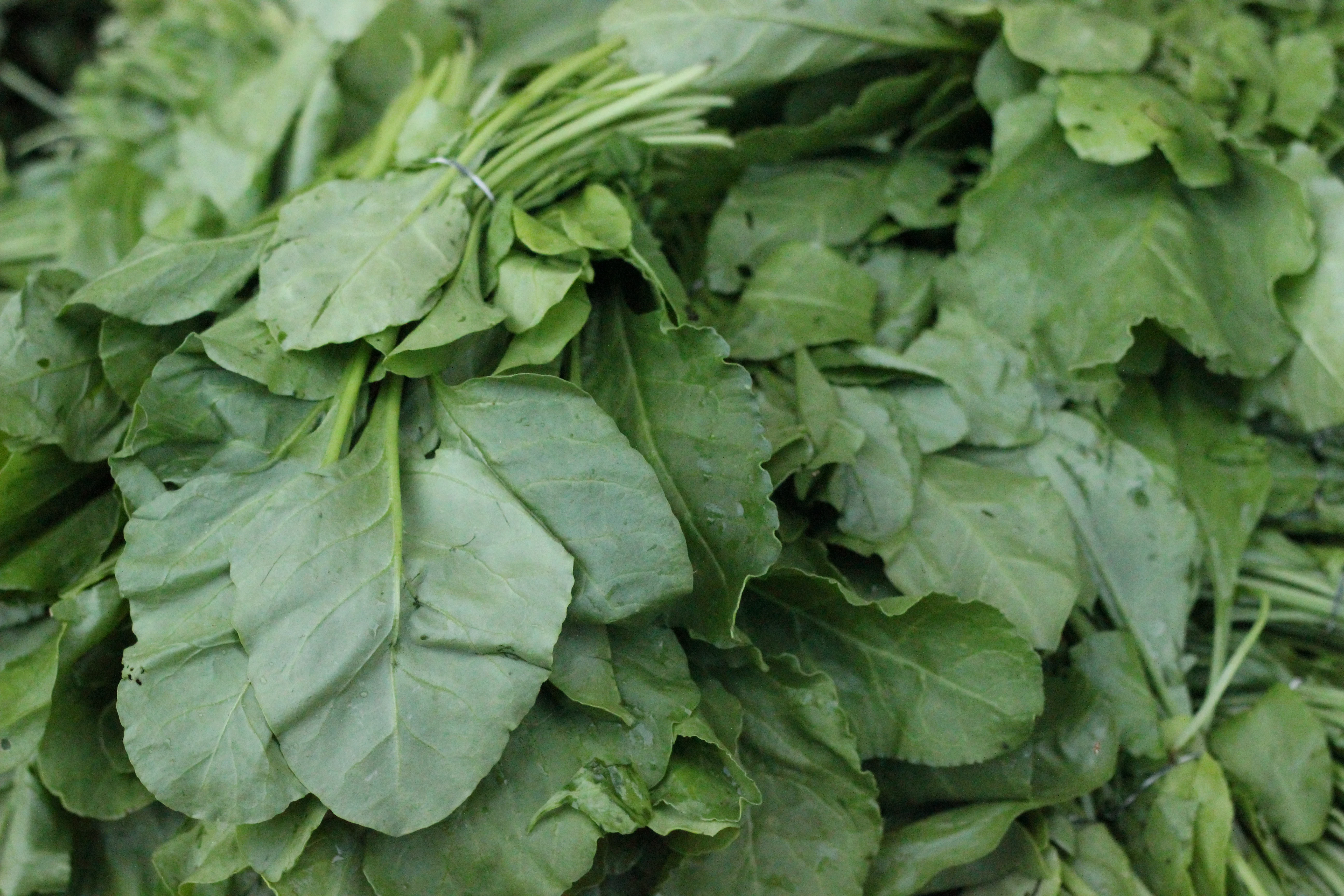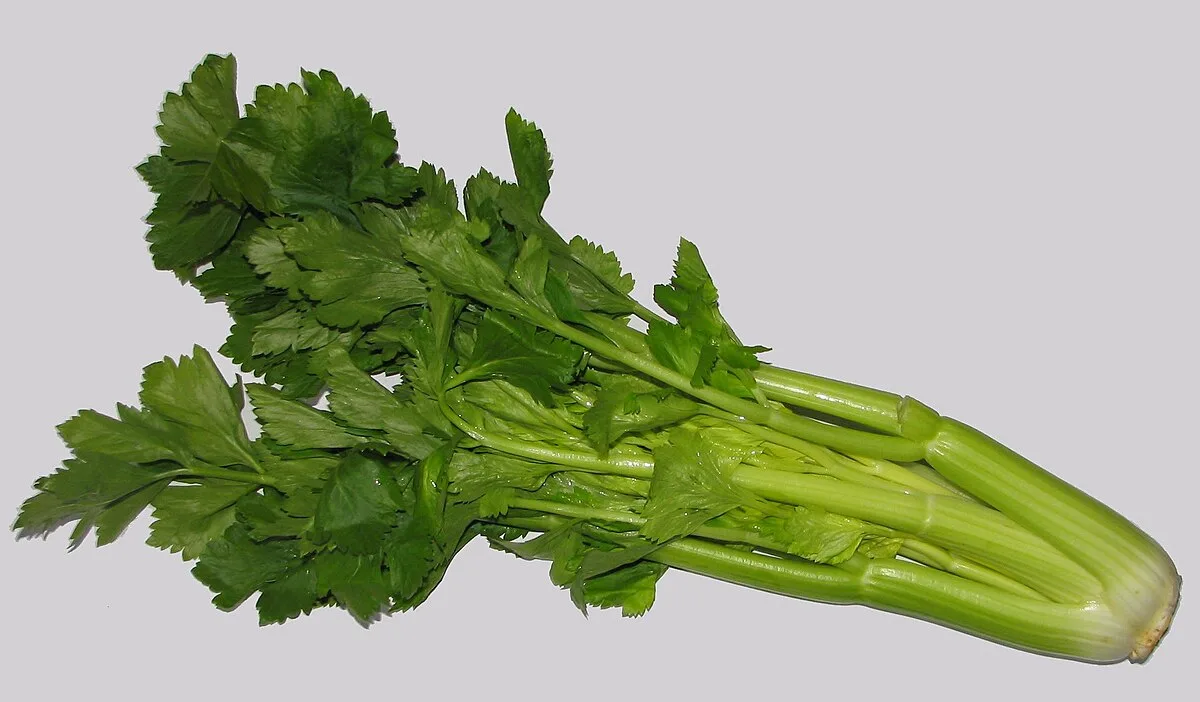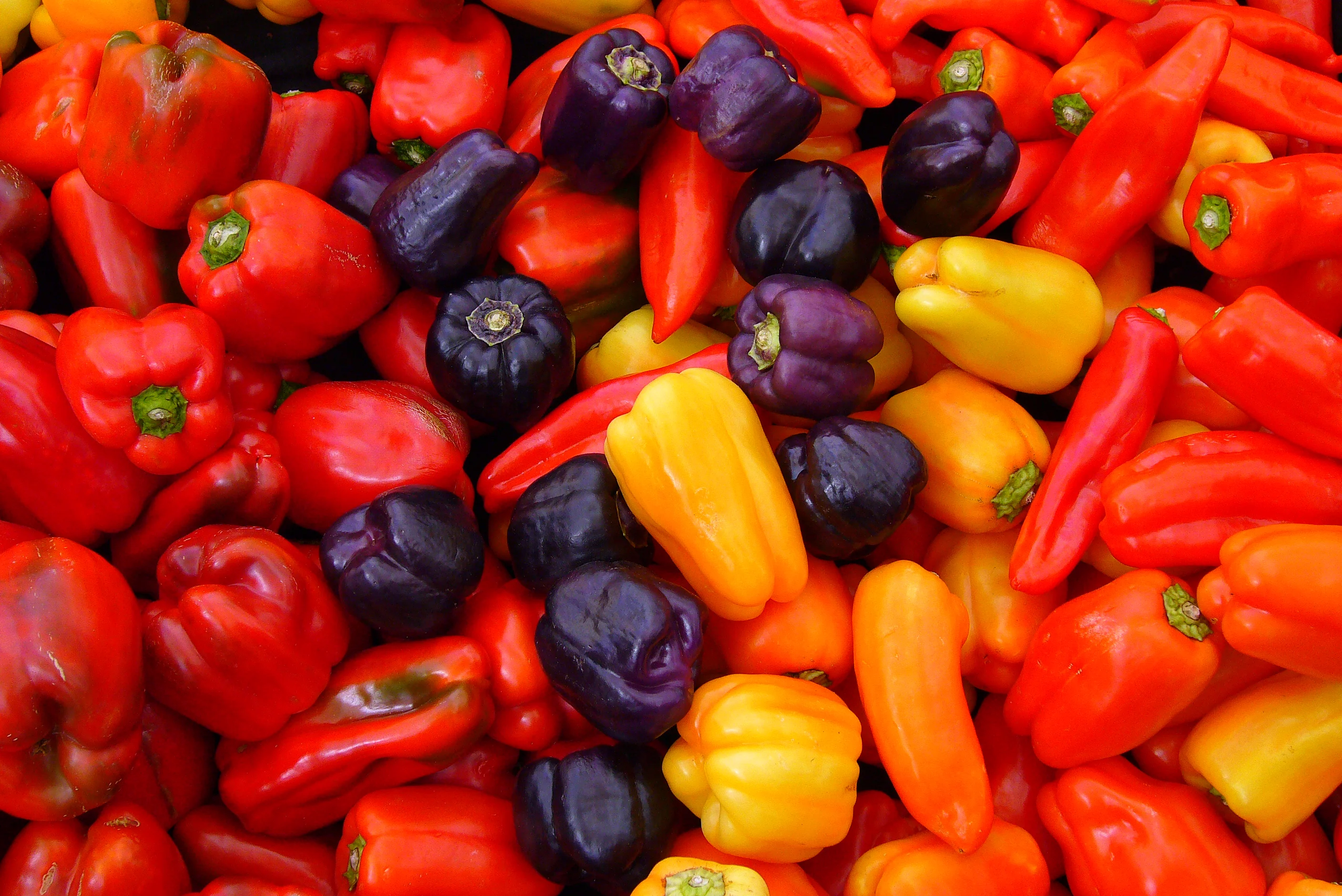Vegetables Names
Learning the names of vegetables is an essential part of building your English vocabulary. Whether you are a new learner of English or teaching a young student at home, learning vegetables names helps you describe everyday items that are a part of your diet and surroundings.
Vegetables are not only important for a healthy lifestyle but also play a key role in improving your language skills. Knowing the names of different vegetables in English allows you to communicate better while talking about food, cooking, or daily life.
In this guide, you will explore a comprehensive list of 150+ vegetable names and learn about some commonly used vegetables and their benefits. This will help you strengthen your vocabulary and enhance your understanding of how these words are used in daily conversations.
Table of Contents
- What Are Vegetables?
- Types of Vegetables
- List of 150+ Vegetables Names in English
- Health Benefits of Vegetables
- How to Store Vegetables
- How to Use Vegetables
- Frequently Asked Questions on Vegetable Names
What Are Vegetables?
A vegetable is an edible part of a plant that we eat in our daily meals. Vegetables may include leaves, stems, roots, flowers, bulbs, and even certain fruits of plants. They are rich in vitamins, minerals, and fibre, which are essential for a healthy body.
Knowing the different vegetables names helps students recognize various kinds of vegetables, use them correctly in sentences, and learn about their nutritional values.
Types of Vegetables
Vegetables can be grouped based on the part of the plant that is consumed. Let’s look at the major types of vegetables and their examples.
1. Leafy Vegetables

Leafy vegetables are known for their tender green leaves that are full of nutrients. They are rich in iron, calcium, and vitamin A, and are commonly eaten raw or cooked.
Examples: Spinach, Lettuce, Cabbage, Kale, Mustard greens, Swiss chard.
2. Root Vegetables
.webp)
Root vegetables grow beneath the soil and absorb nutrients from it. They are generally rich in starch, fibre, and antioxidants.
Examples: Carrot, Beetroot, Radish, Turnip, Yam, Parsnip.
3. Stem and Shoot Vegetables

These vegetables are the edible stems or shoots of plants. They have a crisp texture and are often used in salads and soups.
Examples: Asparagus, Celery, Bamboo shoots.
4. Flower and Bud Vegetables
.webp)
These vegetables are actually the flower or flower buds of a plant. They are full of vitamins and minerals and often used in curries and stir-fries.
Examples: Broccoli, Cauliflower, Artichoke.
5. Fruit Vegetables

Even though botanically they are fruits, in cooking they are treated as vegetables. These are the edible fruits of plants that contain seeds.
Examples: Tomato, Bell pepper (Capsicum), Cucumber, Eggplant (Brinjal), Pumpkin, Zucchini.
6. Bulb and Tuber Vegetables

Bulbs and tubers grow underground and store nutrients for the plant. They are a major source of energy and are widely used in different cuisines.
Examples: Onion, Garlic, Potato, Sweet potato.
7. Pod and Seed Vegetables
,_A_pea_is_a_most_commonly_green.webp)
These are vegetables that contain seeds or are eaten along with their pods. They are high in protein and fibre, making them a healthy food choice.
Examples: Green beans, Peas, Lentils, Okra.
List of 150+ Vegetables Names in English
Here is a list of 150+ common vegetables names that students can learn easily:
-
Amaranth
-
Artichoke
-
Arugula
-
Asparagus
-
Aubergine (Eggplant)
-
Bamboo Shoot
-
Bean Sprout
-
Beetroot
-
Bell Pepper (Capsicum)
-
Bitter Gourd (Bitter Melon)
-
Black Radish
-
Bok Choy
-
Bottle Gourd
-
Broad Beans
-
Broccoli
-
Brussels Sprouts
-
Burdock Root
-
Butterhead Lettuce
-
Butternut Squash
-
Cabbage
-
Capsicum
-
Carrot
-
Cauliflower
-
Celery
-
Chayote
-
Cherry Tomato
-
Chickpea (Green)
-
Chinese Cabbage
-
Cluster Beans
-
Collard Greens
-
Corn (Maize)
-
Courgette (Zucchini)
-
Cress
-
Cucumber
-
Curry Leaves
-
Daikon Radish
-
Drumstick (Moringa)
-
Edamame
-
Eggplant
-
Endive
-
Fennel
-
Fenugreek Leaves
-
French Beans
-
Garlic
-
Ginger
-
Green Beans
-
Green Chillies
-
Green Onion (Scallion)
-
Green Peas
-
Horseradish
-
Iceberg Lettuce
-
Ivy Gourd
-
Jerusalem Artichoke
-
Kale
-
Kohlrabi
-
Komatsuna
-
Leek
-
Lemon Grass
-
Lettuce
-
Lima Beans
-
Lotus Root
-
Malabar Spinach
-
Mint Leaves
-
Moth Beans
-
Mushroom
-
Mustard Greens
-
Napa Cabbage
-
Okra (Lady’s Finger)
-
Onion
-
Opo Squash
-
Parsley
-
Parsnip
-
Peas
-
Pinto Beans
-
Pointed Gourd (Parwal)
-
Potato
-
Pumpkin
-
Radish
-
Red Cabbage
-
Red Chili
-
Ridge Gourd
-
Romaine Lettuce
-
Runner Beans
-
Savoy Cabbage
-
Shallot
-
Snake Gourd
-
Snow Peas
-
Sorrel
-
Soybean
-
Spinach
-
Spring Onion
-
Squash
-
Sweet Corn
-
Sweet Potato
-
Swiss Chard
-
Taro Root
-
Tender Coconut
-
Tomato
-
Turnip
-
Water Chestnut
-
Water Spinach
-
White Radish
-
Yam
-
Yellow Pumpkin
-
Zucchini
-
Ash Gourd
-
Baby Corn
-
Bell Chili
-
Bitter Cucumber
-
Bottle Bitter Gourd
-
Breadfruit
-
Celosia Leaves
-
Clustered Eggplant
-
Colocasia Leaves
-
Corn Salad
-
Cowpea
-
Dill Leaves
-
Elephant Foot Yam
-
Field Bean
-
Flat Beans
-
Galangal
-
Garlic Chives
-
Green Gram (Moong)
-
Groundnut
-
Hyacinth Beans
-
Indian Cress
-
Jackfruit (Unripe)
-
Jute Leaves
-
Long Beans
-
Lotus Stem
-
Malanga
-
Mint Stem
-
Nopal (Cactus Pads)
-
Oyster Mushroom
-
Pak Choi
-
Pea Shoots
-
Pearl Onion
-
Pigeon Peas
-
Purslane
-
Radicchio
-
Raw Banana
-
Red Amaranth
-
Ridge Pumpkin
-
Roma Tomato
-
Sago Palm Shoot
-
Scarlet Gourd
-
Sponge Gourd
-
Sugar Beet
-
Sweet Pepper
-
Tinda (Indian Round Gourd)
-
Turnip Greens
-
Watermelon Radish
-
White Pumpkin
-
Winged Beans
-
Yardlong Beans
Health Benefits of Vegetables
Including a variety of vegetables in your diet offers numerous health benefits:
-
Rich in nutrients: Vegetables are full of vitamins such as A, C, and K, and minerals like iron, potassium, and magnesium.
-
Good for digestion: The fibre content in vegetables helps improve digestion and prevents constipation.
-
Boosts immunity: Regular consumption strengthens the immune system.
-
Supports healthy weight: Vegetables are low in calories, helping maintain a healthy body weight.
-
Reduces disease risk: Eating vegetables lowers the risk of heart disease, diabetes, and certain cancers.
How to Store Vegetables
Proper storage of vegetables helps maintain their freshness and nutrients for longer:
-
Keep leafy vegetables in airtight bags inside the refrigerator.
-
Store root vegetables like potatoes and onions in a cool, dry place.
-
Avoid washing vegetables before storing them, as moisture can cause spoilage.
-
Use refrigerator drawers for cucumbers, carrots, and peppers.
-
Consume fresh vegetables within a few days for the best taste and nutrition.
How to Use Vegetables
Vegetables can be used in many ways in daily meals:
-
Raw: Eat in salads, sandwiches, or dips.
-
Cooked: Add to curries, soups, and stews.
-
Steamed or boiled: Helps retain nutrients.
-
Roasted or grilled: Adds flavour and texture.
-
Juiced or blended: For healthy drinks and smoothies.
Frequently Asked Questions on Vegetables Names
Q1. What vegetable is turles named after?
Answer: Turles is named after the vegetable lettuce, as his name is a rearrangement of the syllables in the Japanese word for lettuce. This is part of a naming trend for the Saiyan race, whose names are all puns on vegetables.
Q2. Which vegetable name is city name?
Answer: The vegetable with a city name is Brussels sprout, named after Brussels, Belgium. Additionally, in India, Shimla Mirch is a type of bell pepper, and the word "Shimla" is the name of a city.
Q3. What is the name of our national vegetable?
Answer: The national vegetable of India is pumpkin (also known as kaddu). It was chosen because it is widely cultivated across the country, can grow in various soil conditions, and is a common and adaptable food source.
Q4. Are tomatoes vegetables or fruits?
Answer: Botanically tomatoes are fruits (they develop from the flower and contain seeds), but in cooking they are treated as vegetables.
Vegetables.co.nz
Q5. How many portions of vegetables should I eat daily?
Answer: Public health guidance recommends multiple portions of fruit and vegetables per day aim to include vegetables in most meals.
Admissions Open for
Admissions Open for
CBSE Schools In Popular Cities
- CBSE Schools in Bangalore
- CBSE Schools in Mumbai
- CBSE Schools in Pune
- CBSE Schools in Hyderabad
- CBSE Schools in Chennai
- CBSE Schools in Gurgaon
- CBSE Schools in Kolkata
- CBSE Schools in Indore
- CBSE Schools in Sonipat
- CBSE Schools in Delhi
- CBSE Schools in Rohtak
- CBSE Schools in Bhopal
- CBSE Schools in Aurangabad
- CBSE Schools in Jabalpur
- CBSE Schools in Jaipur
- CBSE Schools in Jodhpur
- CBSE Schools in Nagpur
- CBSE Schools in Ahmednagar
- CBSE School In Tumkur











